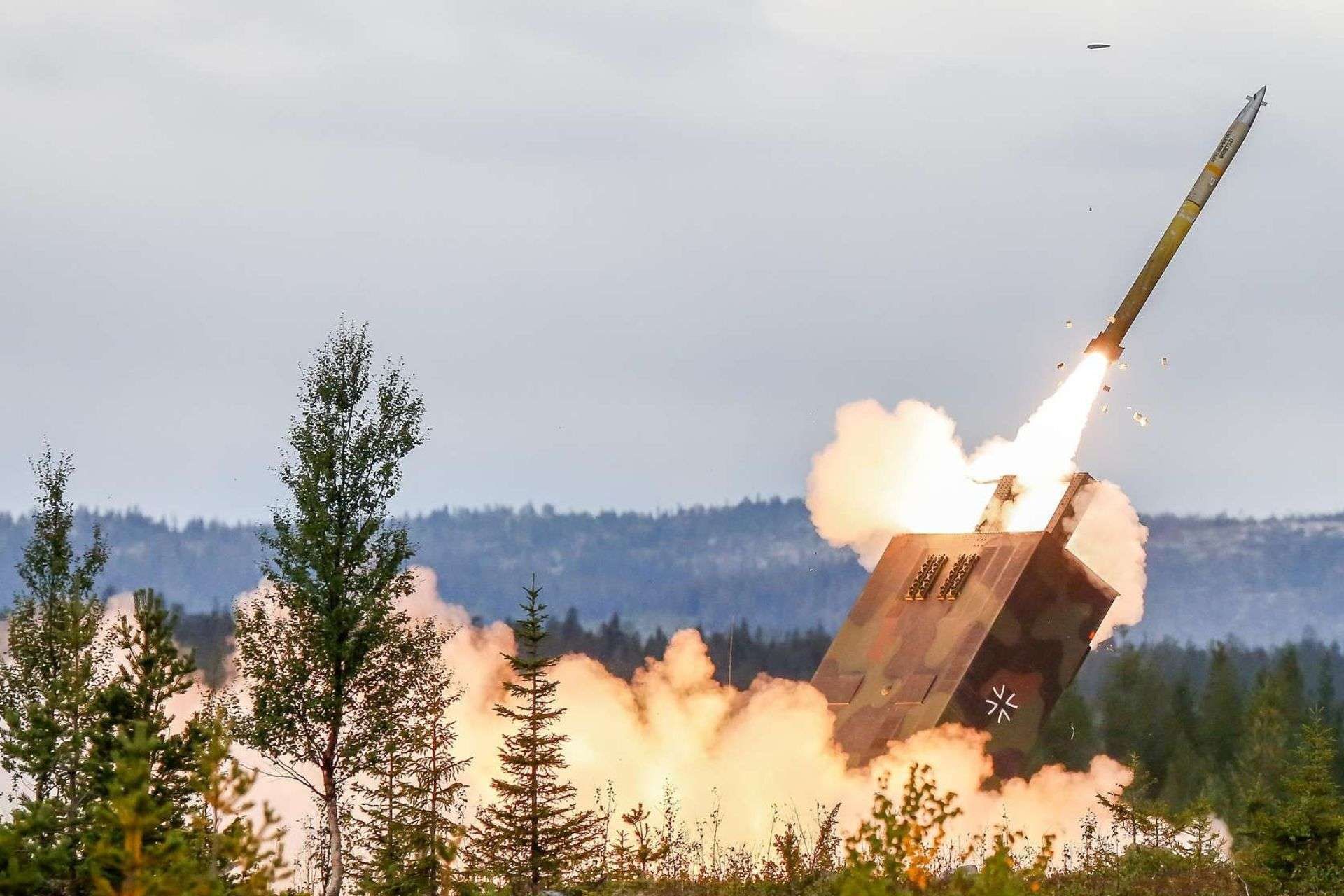Breaking news
Insights into the Future Artillery Structure of the German Bundeswehr.
According to the latest capability planning by the Bundeswehr, the German Army is expected to have a total of 13 artillery units at the corps, division, and brigade levels by 2035, as revealed by a response from the Ministry of Defense in early March 2024 to a parliamentary inquiry. However, a presentation on May 22, 2024, at the Future Artillery Conference in Paris indicated that the German Army actually plans to have only ten units. This discrepancy may be explained by the fact that the units mentioned by the ministry include Dutch artillery troops, which are deeply integrated into the German Army.
Follow Army Recognition on Google News at this link

The Panzerhaubitze 2000, commonly known as the PzH 2000, is a highly advanced self-propelled howitzer developed jointly by the German firms Krauss-Maffei Wegmann (KMW) and Rheinmetall (Picture source: Bundeswehr)
The current plan for the Bundeswehr shows that the army will be equipped with one corps artillery battalion (missile artillery), two division artillery battalions (missiles and conventional artillery), as well as four heavy and three medium brigade artillery battalions (all equipped with conventional artillery). These units will play a crucial role in maintaining the operational readiness of the fleet, with personnel expected to be about 6,000 soldiers, which represents a significant increase from the current situation. In terms of armament, the current figures are 121 armored howitzers Panzerhaubitze 2000 and 36 missile artillery systems MARS II, but these numbers will increase to 289 tube artillery systems and 76 missile systems by 2035.
The Panzerhaubitze 2000, commonly known as the PzH 2000, is a highly advanced self-propelled howitzer developed jointly by the German firms Krauss-Maffei Wegmann (KMW) and Rheinmetall. Production of the PzH 2000 started in 1998, and it officially entered service with the German Army in 1999. This artillery system is recognized for its rapid rate of fire, able to dispatch three rounds in nine seconds, and a sustained rate of ten rounds per minute. The PzH 2000 has a maximum firing range of approximately 30 to 40 kilometers, depending on the ammunition used, and features an automated loading system and advanced fire control system, making it one of the most capable howitzers in its class.
The MARS II (Mittleres Artillerie Raketen System) is an upgraded version of the original MARS multiple-launch rocket system, adapted from the MLRS used by NATO. The MARS II system was introduced into the German Army to provide a more precise and longer-range capability than its predecessor. Equipped with GPS-guided rockets, it significantly enhances the accuracy of strikes. The system can launch rockets that reach targets up to 70 kilometers away, providing substantial fire support with its ability to saturate areas quickly.

The missiles of the MARS II rocket launcher system have a range of up to 84 kilometers. (Picture source: Bundeswehr)
The specific capabilities of the units include a corps artillery battalion equipped with 36 missile systems for long-range operations, capable of reaching targets up to 300 km away. The division artillery battalions will be equipped for operations up to 150 km with a combination of missiles and tube artillery. These divisions will continue to use the Panzerhaubitze 2000 until the new wheeled howitzers are delivered, with a total requirement of 168 systems for the entire army.
As for the brigade artillery units, each will have three active batteries, primarily armed with nine howitzers each, although the medium-range units will use new wheeled howitzers RCH 155 and will not include a fire support battery, unlike the heavy brigades. The latter will continue to use the Panzerhaubitze 2000. The first RCH 155 systems are expected by 2029, although no contract has been signed to date.
The RCH 155 (Remote Controlled Howitzer 155 mm) is a newer development in artillery, featuring a fully automated, wheeled vehicle-mounted howitzer system designed for high mobility and rapid deployment. The RCH 155 is a modern solution intended to bridge the gap between traditional towed artillery and self-propelled howitzers. It is equipped with a fully automated loading system and a modern fire control system that allows it to execute missions with reduced crew requirements. The RCH 155, still in the procurement phase for the German Army as of the late 2020s, represents a shift towards more flexible and mobile artillery systems capable of supporting fast-paced, dynamic operations.
The peacetime personnel strength of these units varies, with about 420 people for the corps artillery battalions and 700 for the divisions, while the brigade battalions will have between 555 and 340 people, depending on the equipment and presence of fire support batteries.
In addition to the German Army's artillery, the mechanized divisions that include Dutch brigades will have additional capabilities. These brigades have their own artillery units that reflect similar structures to the German battalions, with equipment suited to specific ranges and missions.
The Dutch Army is also considering consolidating its missile artillery systems into a single regiment, which would represent the thirteenth group mentioned by the German Ministry of Defense. This would align Dutch forces with the planned expanded capabilities, including 46 howitzers and 20 PULS missile systems.


























